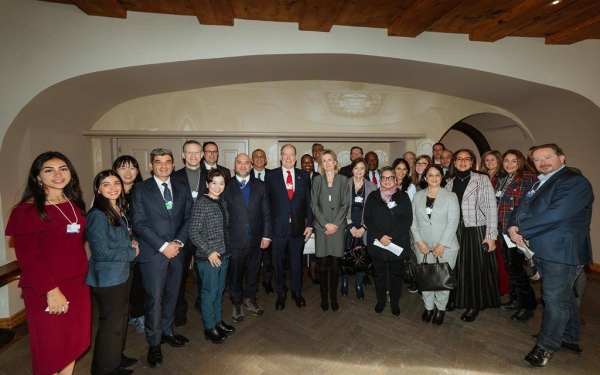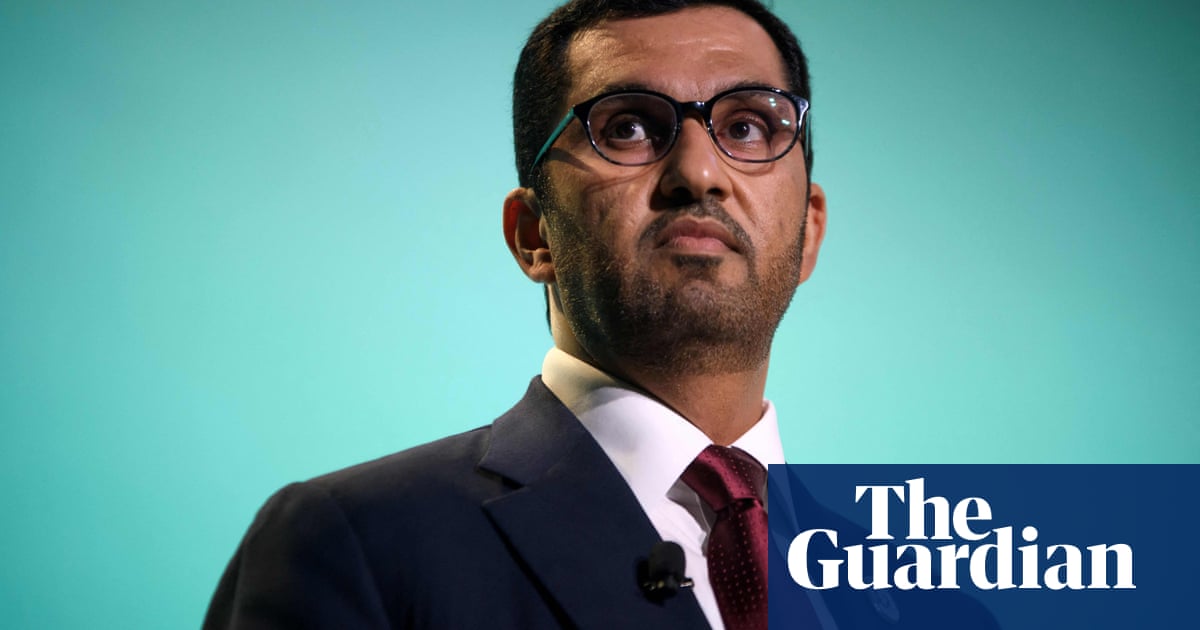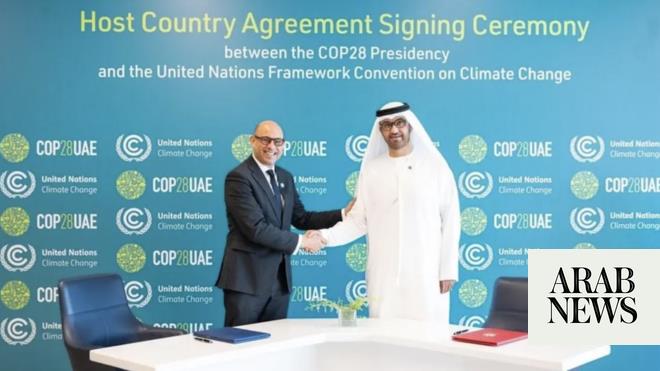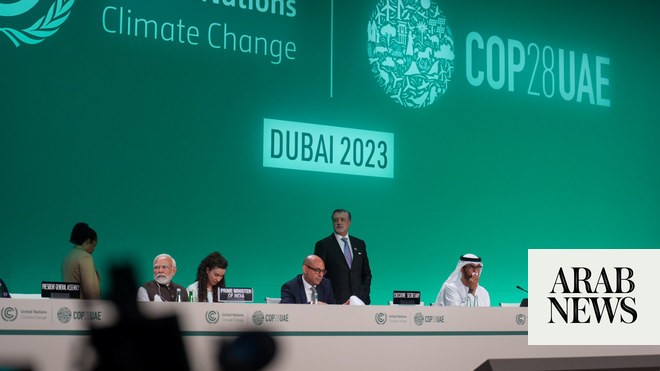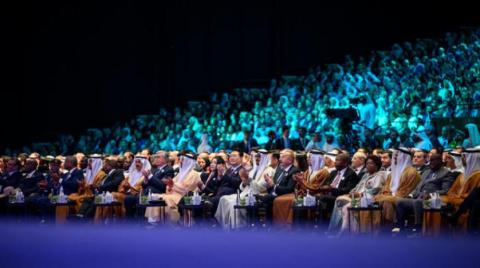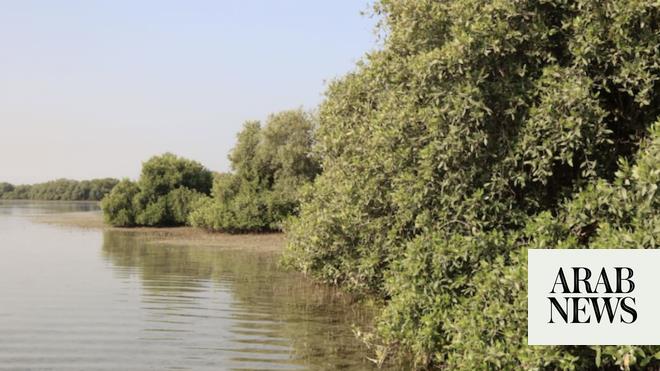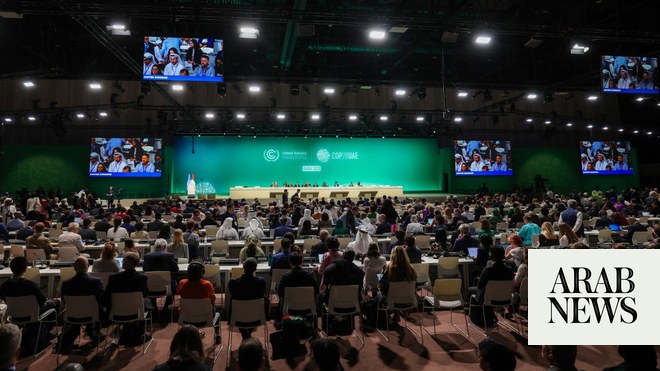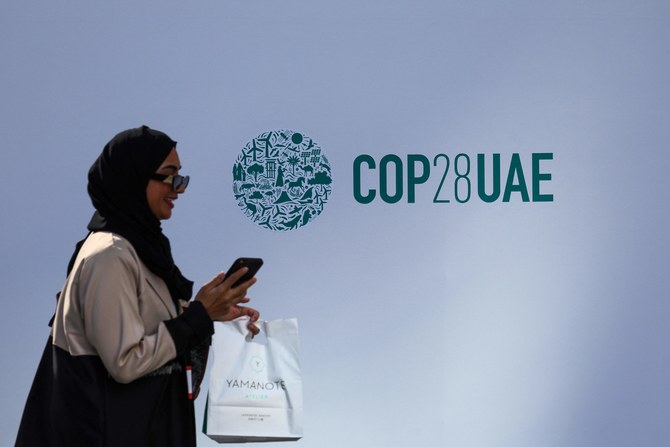
The high-profile COP28 climate summit opened in Dubai on Thursday, although key leaders like US President Joe Biden and China’s Xi Jinping will not be attending. One of the other world powers that will help fill this vacuum is Europe, which sees the Middle Eastern event as critical for meeting the goals of the 2015 Paris Agreement. EU leaders, including European Commission President Ursula von der Leyen and European Council President Charles Michel, will be out in force at the big event.
This reflects the fact that Europe has a huge stake in the summit. Firstly, the EU has become one of the big three players in climate negotiations, partly through the power of example, as the bloc has slashed its greenhouse gas emissions by about a third compared to 1990.
Secondly, the EU has been an early and influential mover on green innovation, including developing the world’s first carbon market in 2005. One of the key announcements that it is expected to make at COP28 is a new international “Critical Raw Materials Club,” following the finalization of the EU Critical Raw Materials Act.
Thirdly, Europe is feeling the effects of existing climate trends. The continent has warmed more than twice as much as the rest of the world over the past three decades and has experienced the greatest temperature increase of any continent, according to the World Meteorological Organization. From 1991 to 2021, Europe warmed at an average of 0.5 degrees Celsius per decade, the organization reported, while the global average was 0.2 C.
One reason Europe is warming so fast is that a significant part of the continent is sub-Arctic and Arctic, Earth’s fastest-warming region. It is also experiencing changes in so-called climate feedbacks. For example, fewer clouds over Europe during summers means more sunlight and heat.
While Europe has long been a leader on tackling climate change, many had speculated that its ambition might be tempered by the twin shocks it has suffered since 2020: Russia’s invasion of Ukraine and the COVID-19 pandemic. The impact of these has been huge, elevating the urgency of the EU’s energy security.
This has seen a big effort put into the striking of about 120 energy deals with other powers, mainly in the Middle East. These agreements have mainly focused on new gas and liquefied natural gas supplies as a transitional source in the movement toward clean energies.
Given this new investment in gas, Europe’s decarbonization pathway will be complicated in the coming years. However, the EU has nonetheless doubled down on its hugely ambitious European Green Deal and is still cutting its emissions overall.
The EU has doubled down on its hugely ambitious European Green Deal and is still cutting its emissions overall
Andrew Hammond
The EU’s “State of the Energy Union Report 2023” highlights how the REPowerEU plan and emergency legislative measures have also helped to promote renewable energies. Moreover, EU-wide greenhouse gas emissions are estimated to have fallen by about 3 percent last year.
At COP28, the EU is encouraging all parties to agree on global energy goals to deliver on three objectives. Firstly, tackling the unabated use of fossil fuels globally by making sure that consumption peaks before 2030 and phasing out subsidies that do not help achieve a just transition. Secondly, moving toward a fully or predominantly decarbonized global power system in the 2030s, leaving no room for new coal power. Finally, tripling global installed renewable energy capacity by 2030 and doubling the rate of energy efficiency improvements by 2030.
Europe is encouraging such lofty ambitions because of the current challenges facing climate diplomacy. This includes the dark geopolitical context following the pandemic and Russia’s invasion of Ukraine.
There are also the strains between the Global North and Global South on climate issues. This has shifted mindsets, at least temporarily, in much of the world, making it more difficult to envision a repeat of the kind of broad international agreement that was sealed at the Paris summit in 2015.
And this is despite the warnings from the UN in a major report in September that the world is way off track in its efforts to tackle climate change. This study asserted that the planet remains headed for a temperature rise of up to 2.6 C and must take urgent action.
In this context, Dubai is unlikely to see a series of big new national climate pledges being made. In what may be a challenging conference, one key goal is to create a roadmap for the second half of the 2020s, which Biden has called the “decisive decade” for humanity to tackle global warming.
While there are many short-term challenges, there is some room for longer-term optimism. For instance, a September International Energy Agency report found that a small “window of opportunity” remains for keeping the landmark Paris Agreement alive because of a remarkable growth in clean power.
However, as positive as this may be, the IEA highlighted that stronger measures will be required in the second half of the 2020s if the world is to have any chance of delivering on the 1.5 C target. If the international community fails to grow clean energy fast enough, the world body warned that measures such as carbon capture and storage will be required at scale, despite so far being unproven for use in this vast way.
Key climate stakeholders are therefore seeking to develop a post-COP28 roadmap into the second half of the 2020s, including stronger climate deal implementation through national laws to make delivery most effective. As Europe has shown, these frameworks could then be replicated in more countries and progressively ratcheted up as climate ambition increases, helping to create what could yet be a key foundation for sustainable development in future decades.
• Andrew Hammond is an Associate at LSE IDEAS at the London School of Economics.




